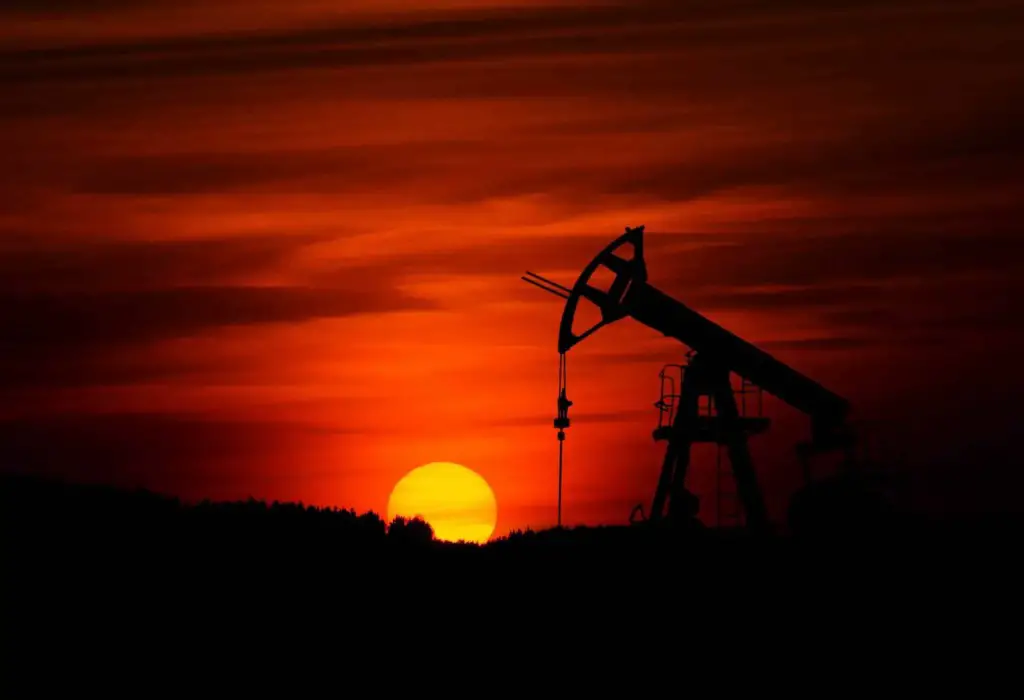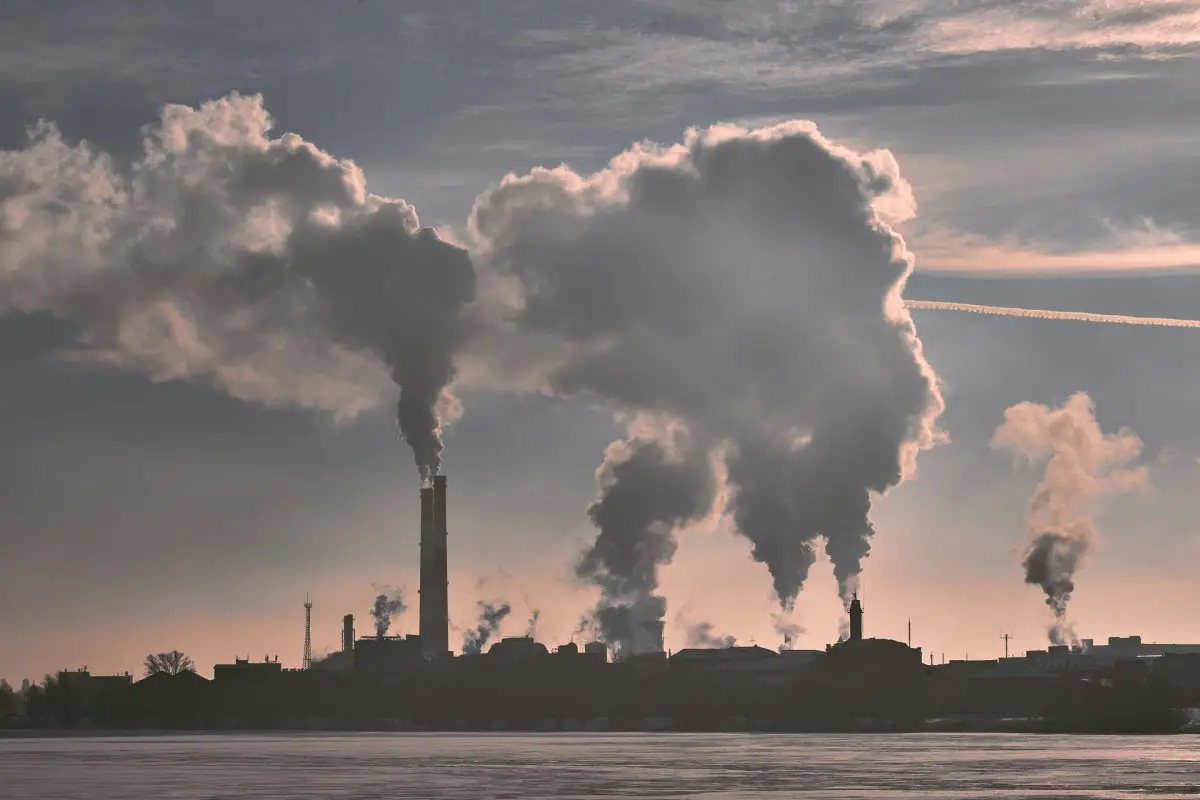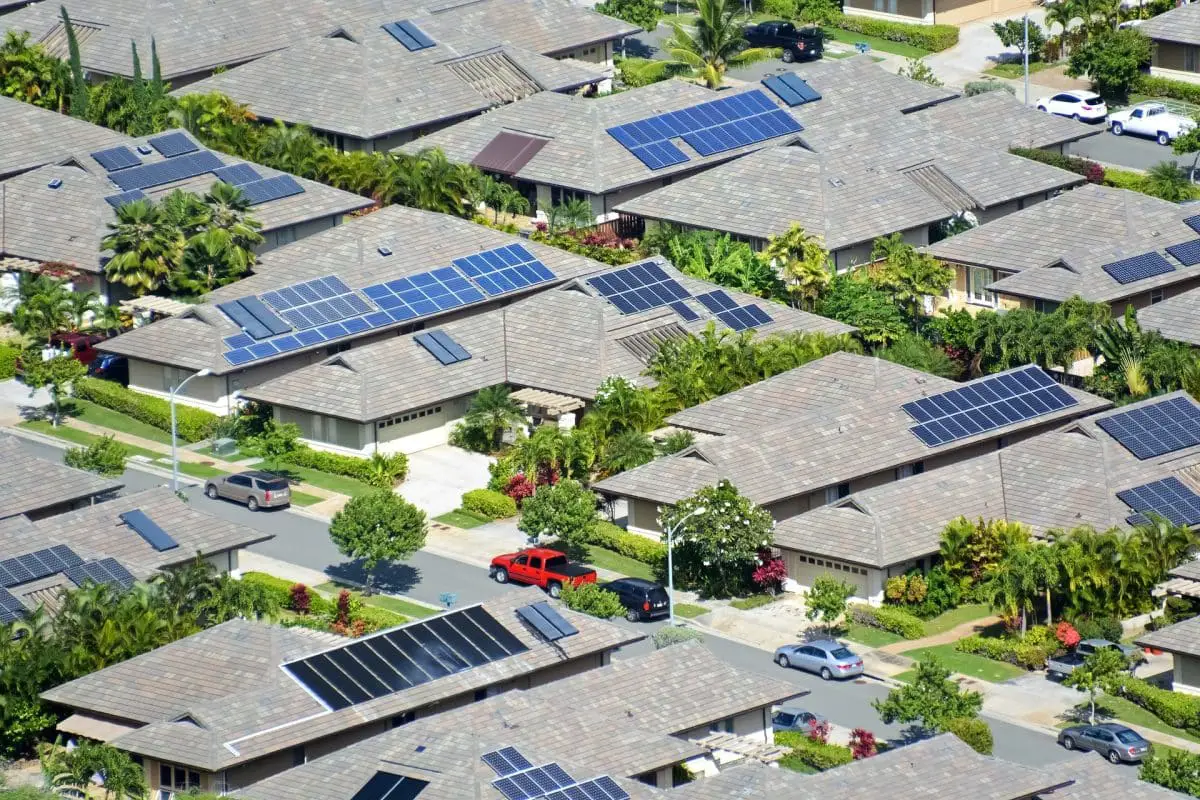Waste incineration to produce energy (waste-to-energy plants) has become a common practice recently; the topic, however, always sparks a lot of controversies. Currently, 86 incinerators spread across 25 states burn over 29 million tons of rubbish yearly – almost 12% of the total US waste stream. The energy generation from waste incinerator in Detroit (now shut down) processed 3,300 tons of municipal solid waste per day and used steam to power a 68-megawatt turbine. This electricity is sold to DTE Energy Co. (DTE) and is distributed to customers on the electric grid.
Human Energy Needs

The history of energy resources dates back to ancient cavemen who burnt wood for cooking food and keeping them warm. However, studies conducted by the researchers from essaywriterfree.net have indicated that there has been a dramatic rise in the consumption of energy resources, mainly fossil fuels, since the advent of the industrial revolution in the 19th century. Since then, people have been relentlessly consuming the earth’s energy resources.
Limited Energy Resources
Over the centuries, fossil fuels – coal, oil, and gas – have been the primary source of energy for meeting human needs. However, while it took millennia to lay down these carbon-rich fuels if the current consumption rate is maintained, it is predicted that the finite fossil fuels will run out in the near future.
Although the precise timeline for fossil fuel depletion is not known, energy experts believe that the remaining reserves of fossil fuels will become increasingly difficult to extract; the exploration of residual sources of energy will pose serious economic and technological challenges. Moreover, the burning of fossil fuels has been proven detrimental to the environment.
Energy Consumption and Environmental Degradation
Speaking categorically, all fossil fuels contain carbon; thus, carbon dioxide is the essential outcome of fossil fuel burning. Several studies underpin that with the advent of the industrial revolution, the global average temperatures have risen significantly. A majority of environmental scientists agree that carbon dioxide generated due to the burning of fossil fuels is the main cause of global warming and the associated climate changes.
Aside from climate changes linked with greenhouse gases, sulfur and nitrogen contents in coal have been identified as the leading cause of acid rain. Additionally, degradation of air quality due to fossil fuel combustion and the associated threats to human health has emerged as a profound concern in the last few decades. The physical impacts of coal mining, oil drilling, and the distribution of resultant fuels also damage the environment.
Waste Incineration: Why
The principle behind this process is to consider our waste as a fuel, and therefore burn it to produce energy – as done with oil or gas. The waste-to-energy process helps to fulfill the pressing needs of our society: increasing demand for energy, the use of non-fossil fuels, such as nuclear, to produce this energy, and the management/disposal of always-greater amounts of waste.
Here are some figures to explain these problems:
- The world energy consumption in 2003 was almost 50% higher than that of 1980, and in 2022 it is expected to be 50% higher again than in 2003.
- In 2006, in the European Union area only, 2 billion tonnes of waste were produced; in 2022 the waste production is predicted to be 45% higher than it was in 1995.
SELCHP: Waste-to-Energy Plant at Work
London-based SELCHP (South-East London Combined Heat and Power Limited) is an example of a waste-to-energy plant; it is located in one of the most populated regions in Europe (the southeast of England) and close to a big metropolis. It is, therefore, in an area where both the issues – energy demand and waste management – are critical. This plant certainly helps to reduce these problems: every year SELCHP produces enough energy for about 48000 homes. This is achieved by incinerating 420000 tons of waste, thus decreasing the landfill space requirements.
Problems OF Energy Generation from Waste
However, not everybody is happy. There is, in fact, strong opposition to this kind of plant, mainly from environmental groups. They do not like the use of the waste incineration process for several reasons:
- It does not encourage people to change their lifestyle, to produce less waste, or to try to save energy daily; on the contrary, it gives everybody the perfect excuse to do nothing.
- The energy is still produced with a combustion process, just using a different source as a fuel, and, therefore, still emitting CO2 into the atmosphere. In other words, the waste-to-energy process is not helping to reach the targets of the Kyoto protocol.
- In addition to CO2, there is the risk of emissions of very dangerous chemicals from hazardous waste, including particulates, heavy metals, and dioxins.
Is There Real Danger In Energy Generation from Waste?

Particulates, heavy metals, and dioxins can be present in the gases emitted from an incinerator; they all are very bad for both human health and the environment.
- Particulates – or particles of solid matter – can cause problems to the respiratory system of a human being. The smaller particles are more dangerous, as they can penetrate more easily into the human body; particles with a diameter smaller than 10 mm are considered hazardous. Particulates are formed during the incineration of solids if the combustion is not complete. They can be found in the emissions of a waste-to-energy plant, as the waste is normally solid.
- “Heavy metals” is a wide definition, including cadmium, lead, and thallium. In general, they are all poisonous. Some metals can also cause other problems: lead, for instance, is harmful to the central nervous system. Heavy metals can be emitted from an incinerator if the burned waste contains such elements.
- Dioxins are a class of chlorine-containing aromatic molecules, the most notorious being 2,3,6,7 tetrachlorodibenzo-4-dioxin. They are very hazardous; they can cause serious irritation and can affect the DNA of the exposed person (teratogenic effect), causing birth defects to their children. Generally, dioxins are not present in the waste, but they can be formed during the combustion process if there are chlorine-containing molecules in the waste.
Possible Solutions
The risks associated with the incinerators are real; however, most of the problems can be solved with proper management of the plant.
The choice of which waste to burn is crucial: in Europe, for example, only some wastes are classified as “safe” and can be burned in these plants.
Another important thing is “cleaning” the combustion gases before their emission into the atmosphere. The particulate emissions, for instance, can be reduced by the use of appropriate filters; the dioxins can also be eliminated by heating the gases at 850oC for at least 2 seconds.
Most modern waste-to-energy plants in the Western world apply all these measures; hence, the concentration of the pollutants emitted in the atmosphere is below legal limits and does not pose any threat. But, unfortunately, this is not always true in other parts of the world.
Attitude & Final Thoughts On Energy Generation from Waste
Consuming less energy and producing less waste is surely the most appropriate approach to protect the environment; as a society, therefore, we should work towards it as a society. However, the use of waste-to-energy plants can benefit both the environment and our society, as producing more energy from non-fossil fuel sources and decreasing the waste disposed of by landfills are surely positive actions.



